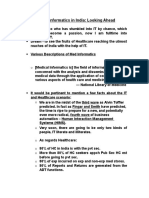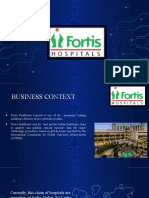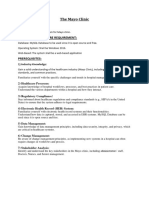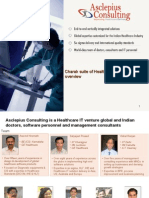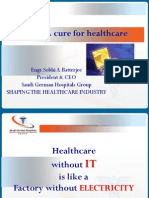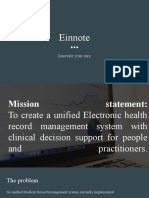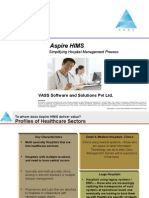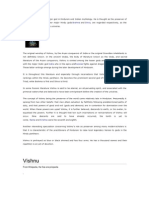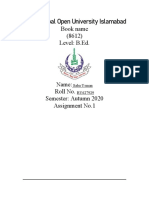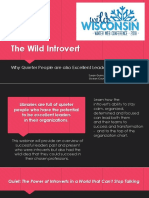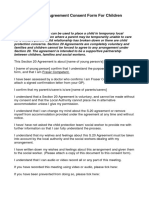0% found this document useful (0 votes)
10 views9 pagesDocument 24
AIIMS is facing significant challenges due to outdated IT systems, manual processes, and data silos, worsened by a ransomware attack in 2022. The proposed solution involves implementing an integrated Electronic Health Record (EHR) system, automating workflows, and enhancing cybersecurity within an internal server architecture. This transformation aims to improve patient care, operational efficiency, and data security, positioning AIIMS as a leader in healthcare delivery.
Uploaded by
aakrshjainCopyright
© © All Rights Reserved
We take content rights seriously. If you suspect this is your content, claim it here.
Available Formats
Download as PDF, TXT or read online on Scribd
0% found this document useful (0 votes)
10 views9 pagesDocument 24
AIIMS is facing significant challenges due to outdated IT systems, manual processes, and data silos, worsened by a ransomware attack in 2022. The proposed solution involves implementing an integrated Electronic Health Record (EHR) system, automating workflows, and enhancing cybersecurity within an internal server architecture. This transformation aims to improve patient care, operational efficiency, and data security, positioning AIIMS as a leader in healthcare delivery.
Uploaded by
aakrshjainCopyright
© © All Rights Reserved
We take content rights seriously. If you suspect this is your content, claim it here.
Available Formats
Download as PDF, TXT or read online on Scribd
/ 9




